4 Gen Z Drag Queens on Makeup, Bans, and How Drag Transformed Their Confidence
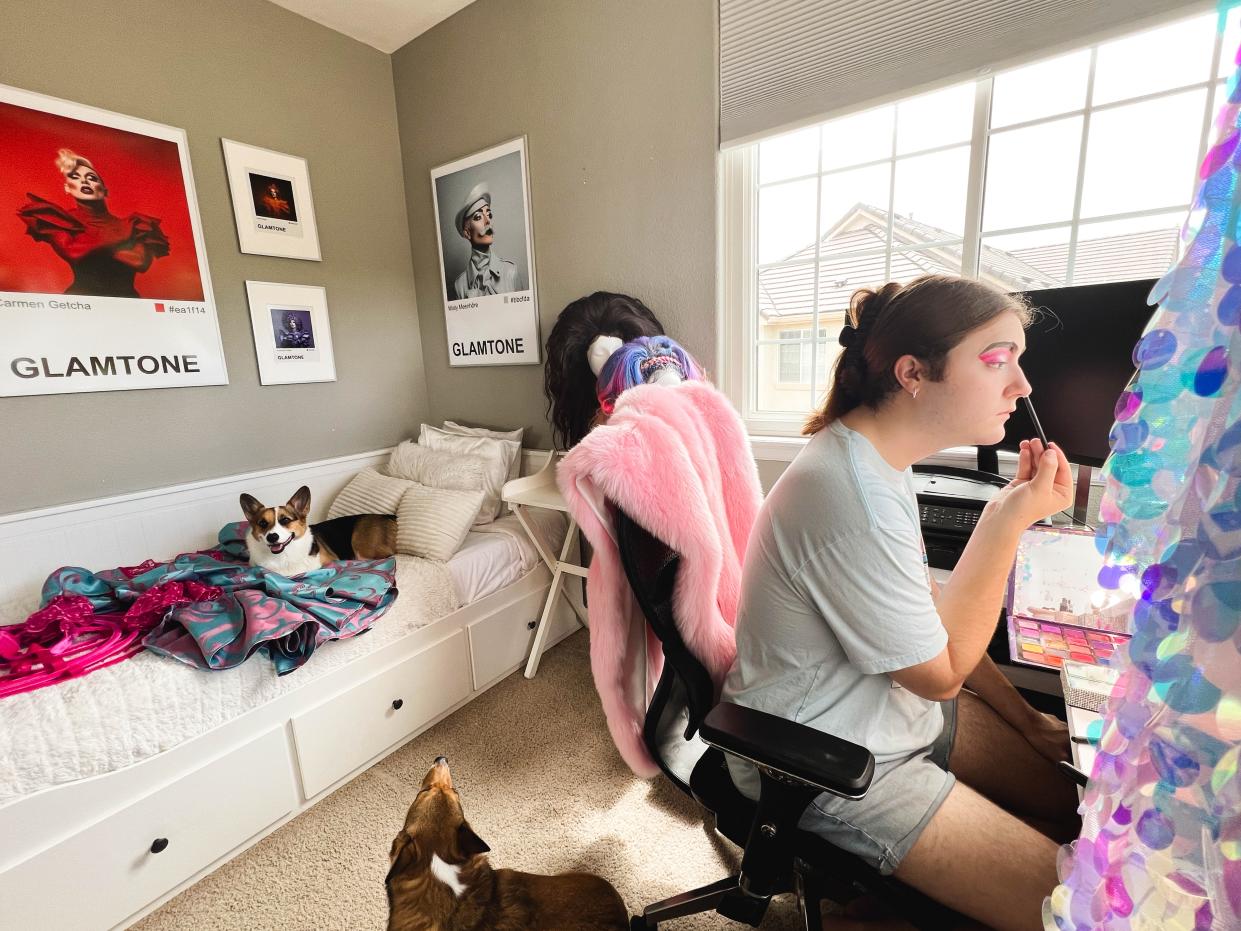
It would not be Pride without drag queens. They are not only a staple of Pride parades and festivals across the country, but the celebration quite literally would not exist without drag performers like Marsha P. Johnson, who played a crucial role in the Stonewall uprising that led to more LGBTQ rights and Pride month as we know it.
Still, amid an overall legislative assault on LGBTQ rights, some states are trying to ban drag performers, particularly from spaces where children may see them. Currently, no states have active, explicit bans on drag — judges have paused or blocked these laws in states where they have passed. But these proposed restrictions paint drag performers as unsafe for children, often barring events like drag story hours or all-ages drag shows.
As states try — so far unsuccessfully — to ban drag from public spaces, young drag performers are left hanging in the balance. If drag isn't appropriate for children, how then, these young people wonder, are they to be explained? Drag kids are a young subset of performers, many of whom hit the stage for the first time when they're preteens. Through all-ages shows, Pride festivals, and even a documentary series, young drag performers are honing their skills and showing up the adult queens. But more importantly, their beauty skills and makeup transformations help them feel their best selves.
That's because drag is an all-ages art form, Desi Napoles, a retired drag kid formerly known as Desmond Is Amazing, previously told Teen Vogue.
“Spreading these false narratives about drag is harmful to people who want to experiment in drag. It’s extremely harmful,” they said. “[Drag bans] aren't trying to protect children, they're trying to eliminate art forms that the queer community uses to express themselves. I feel like drag has led to a more accepting space for LGBTQ people. Because they want to ban that, they're trying to reverse that acceptance.”
Teen Vogue spoke to four young drag artists, each of whom said drag has helped them feel more confident and better understand themselves. For Ophelia Peaches, putting on their makeup helps them feel most like themself. For Nemo, drag has been a way to form connections and community. For Suzan-Bee Anthony-Kakes, it's helped her come out of her shell. And for Lonika LaReese Knight, drag is a way to express their gender joyfully. Each young artist stressed that drag has, been an overwhelmingly positive force in their life.
According to Ophelia Peaches, their generation's form of drag is inherently joyful.
"What I want people to know about drag is that drag is changing. My generation is doing it for different reasons than drag queens of the past. We’re doing it because we enjoy it," they say. "It’s joyful and we have family support now, as well. That’s how we can do it so well, because we have these families that love and support us. That’s what makes drag fun, is that we’re bringing together communities."
Below, these young artists give Teen Vogue a behind-the-scenes look at their metamorphosis process. They show us how they put on their drag looks, explain how drag has changed them, and offer insight into how they get so extremely fabulous.

Ophelia Peaches, 19
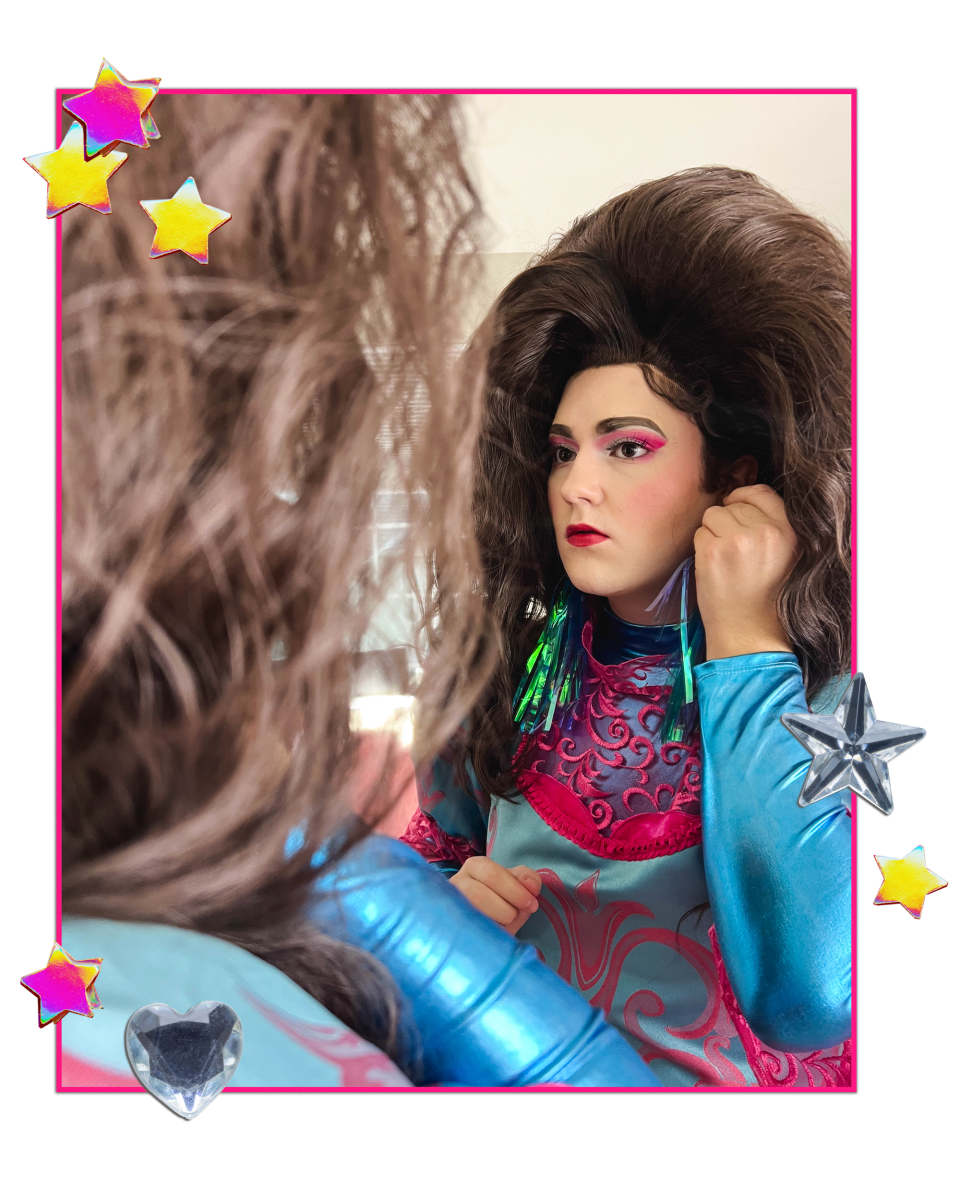

“I have long hair out of drag, I have brown hair out of drag. I try to keep that portion of me. While I may be a little bit of Jason Momoa and a little bit of Lady Bunny, I’m a lot of me.”
Jameson Johnson, best known as the drag artist Ophelia Peaches, started drag when they were 13. They had asked their mom for a drag-themed birthday party and never looked back. “That party is still my favorite one because I felt more me than ever before, and it gave me so much confidence in my everyday life, too.”
Drag still helps Ophelia feel like their best self. When they put their makeup on, Ophelia says it's not some revelatory moment but more like recognizing their true self.
“A lot of people expect like, ‘Oh, it’s so euphoric!’ I glue down my eyebrows and I just feel like OPHELIA. But I just feel like me. I feel more me when I put the makeup on. And it’s a lot of makeup, but I really just feel fabulous," they say.
While drag is joyful for Ophelia, they also recognize it as “inherently political,” meaning the bans targeting the art form are unjust.
“I think the laws that are banning drag are ridiculous because drag is inherently political and a form of social rebellion. All that these unlawful ploys are doing are shining a light between the social injustices and the marginalization of a community,” they say. “Gen Z is different because we’re not going to accept that. We’re going to see the injustices and see the wrongdoings for our community and vote for our bodily autonomy.”

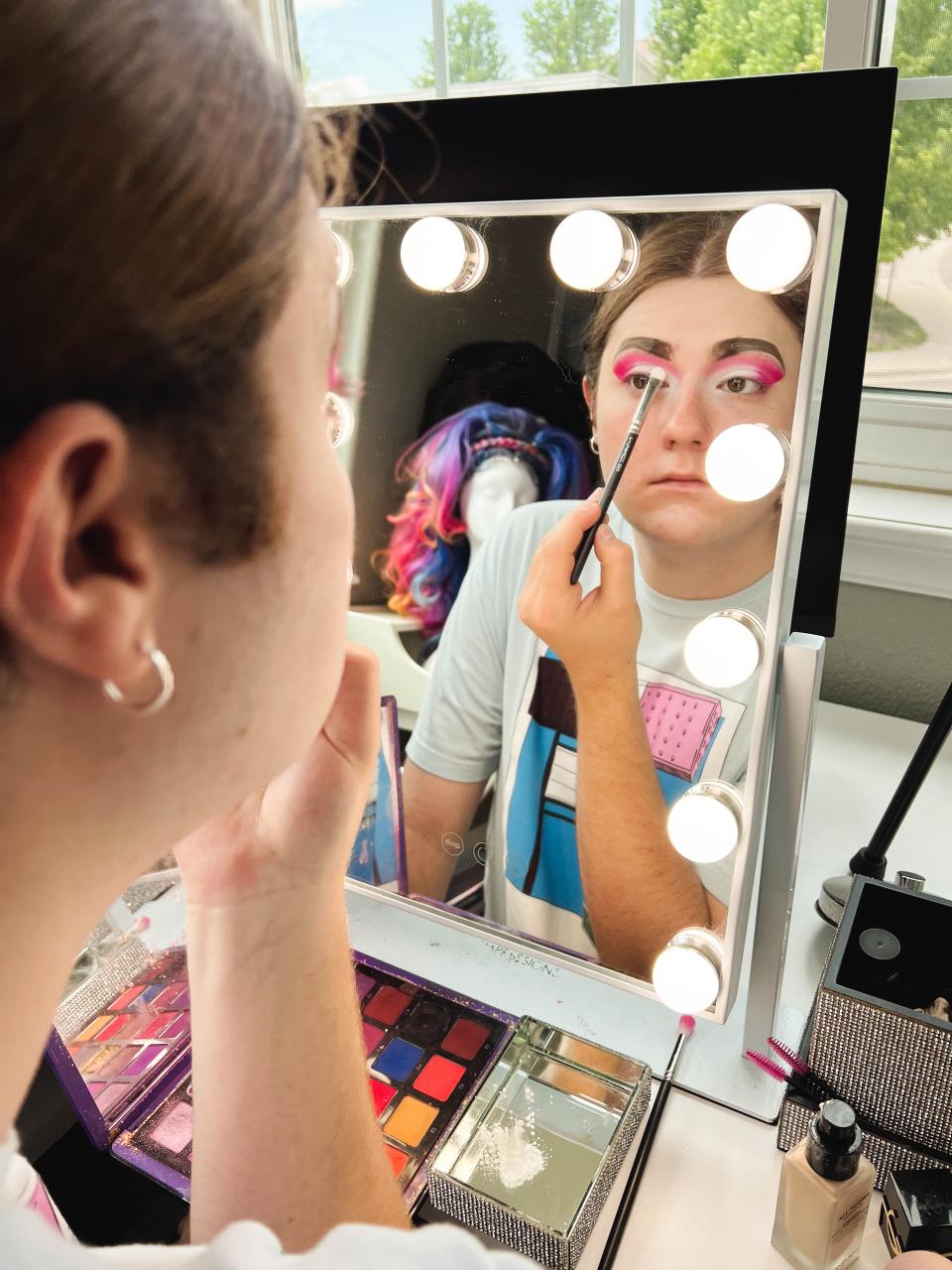
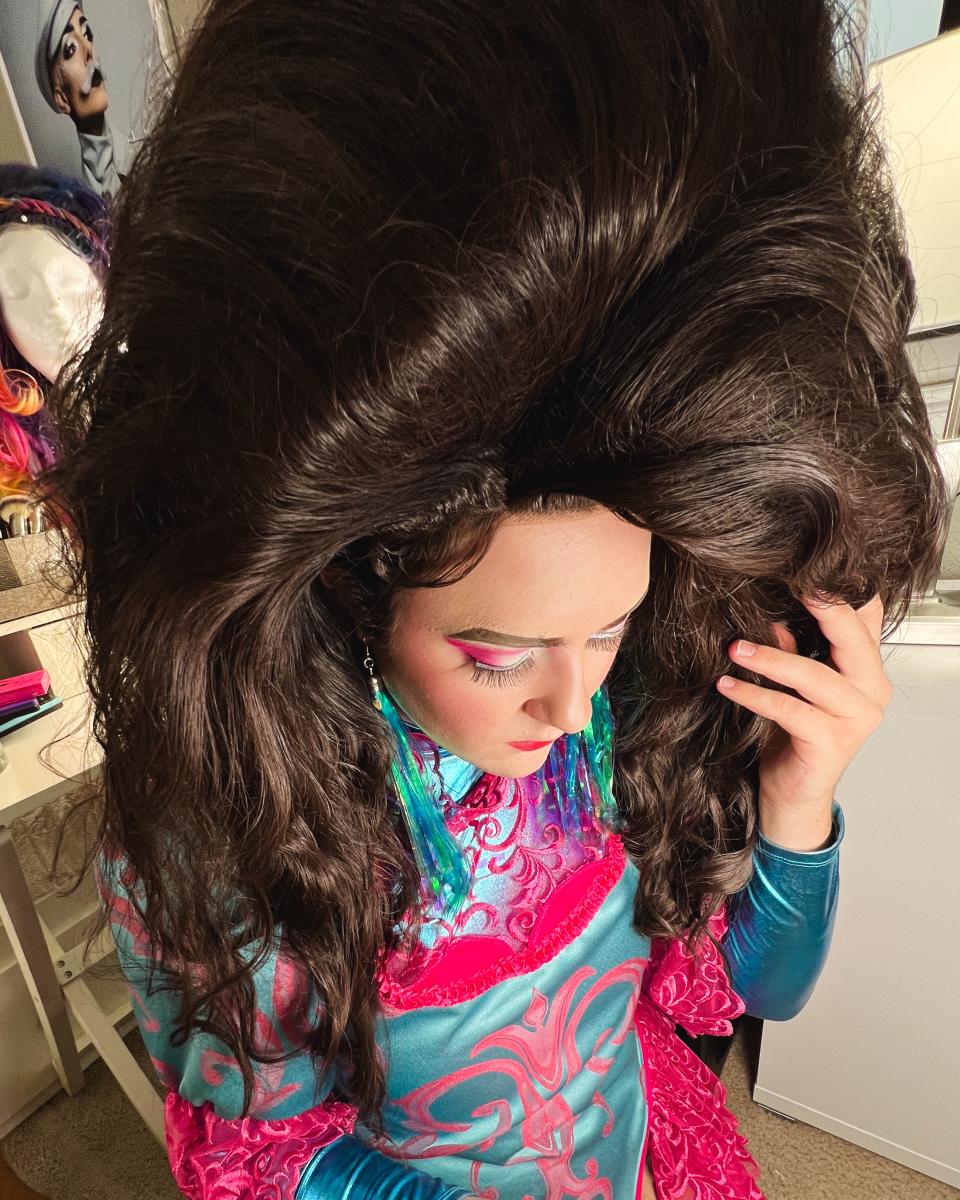
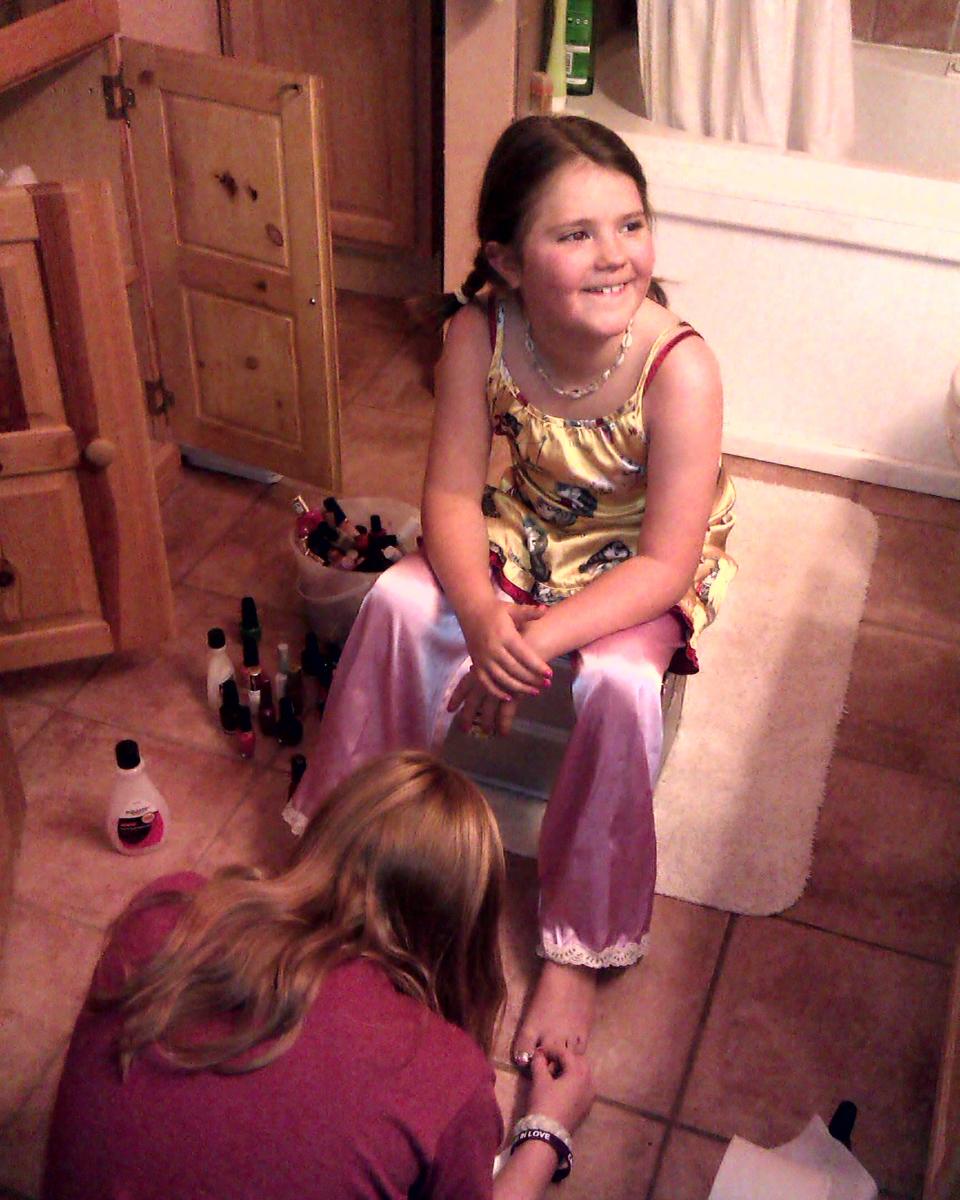
“Drag saved my life. It was all the things I was told I couldn’t be, wrapped up in a giant bow with all this fabulous hair.”

Lonika LaReese Knight, 17
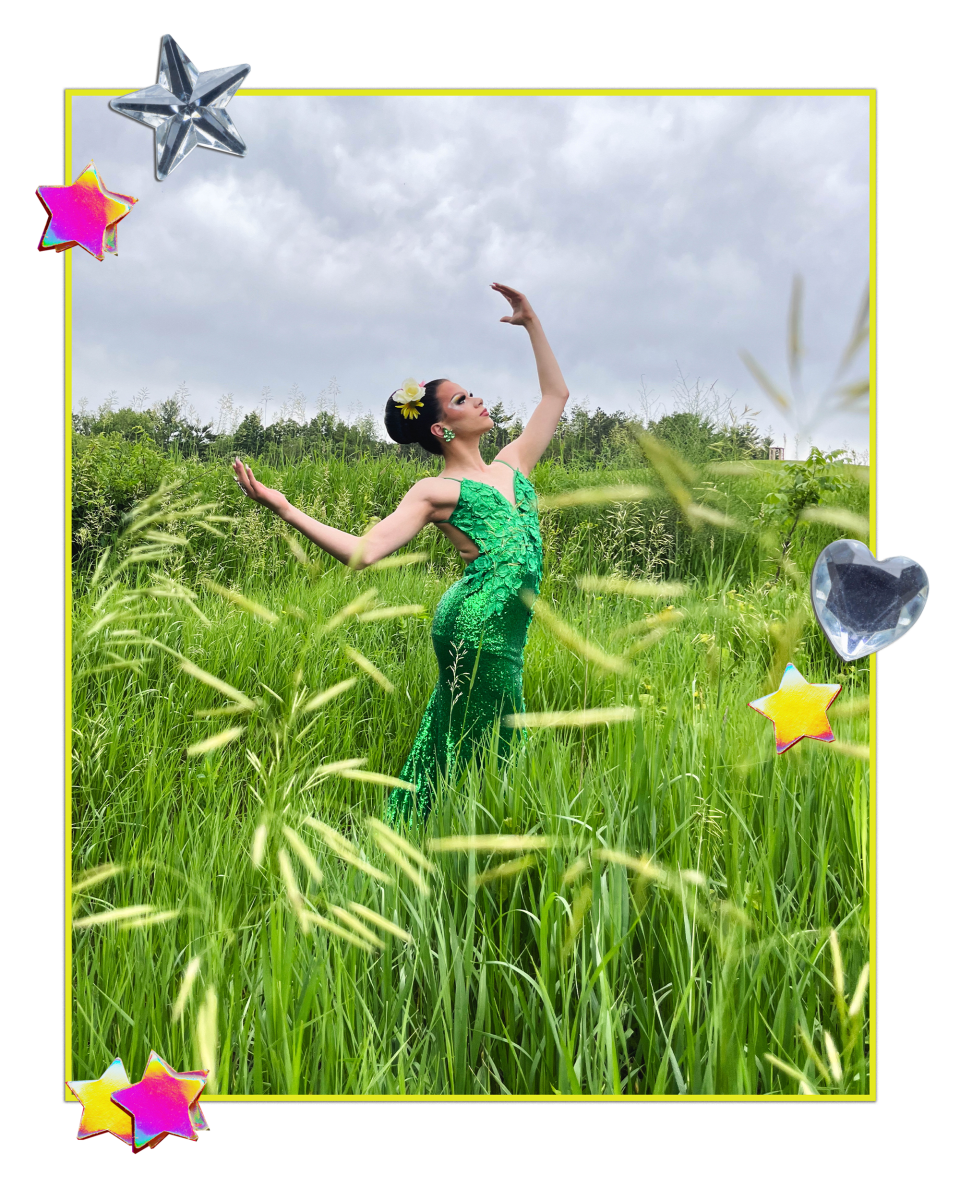
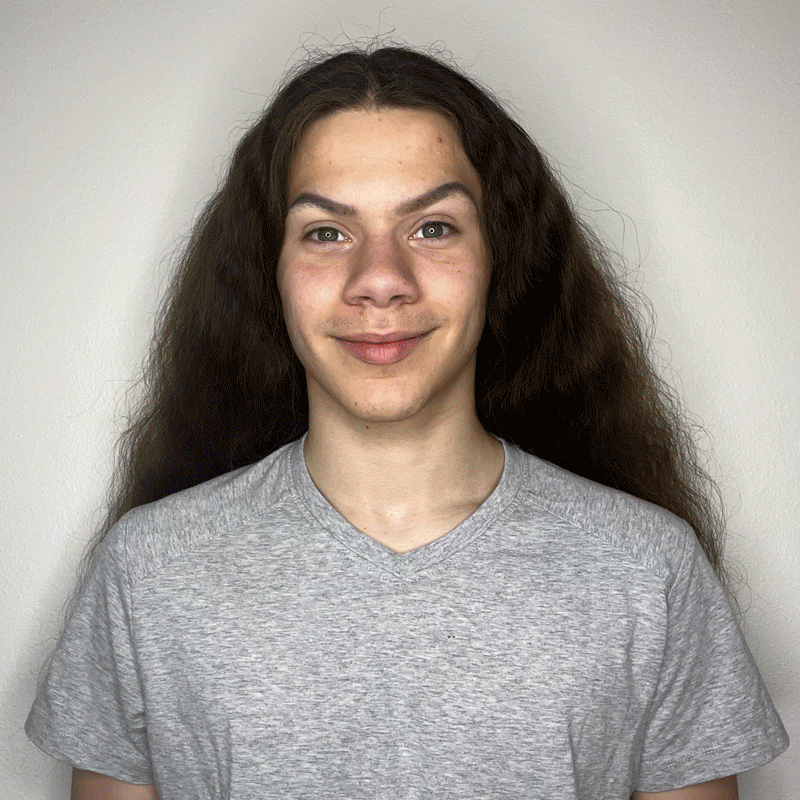
“Drag, to me, is the expression of gender through art and, quite frankly, it means the world to me.”
When Lonika LaReese Knight discovered drag at age 11 through RuPaul's Drag Race, it changed her perspective. “Things that had been socially labeled as feminine had always been more enticing to me,” Lonika tells Teen Vogue. “It wasn’t until 2018 that I finally got my start in drag.” They took the stage at a local drag show and they've been performing ever since.
Having started drag so young, Lonika knows that it's an art form that's appropriate for all ages.
“[Drag] is simply just the expression of gender through art. For decades, drag has been an art form that has brought together people from all different types of backgrounds, who are strong, smart in their own right, and definitely creative,” she says. “There are bigger issues in our society that are being depleted of energy and resources by focusing on the distraction that is all of these drag bans.”
Lonika's looks is inspired by pageantry, she says, and high-energy queens like Chevelle Brooks, Tandi Iman DuPree, and Angelica Sanchez.
“Delving into the world of pageantry and seeing all of the high-glam entertainers, along with ultra-feminized drag queens, helped build my drag aesthetic,” Lonika says. If you're trying to find your own drag look, Lonika recommends playing around with makeup — a long process that's filled with trial and error.
“Practicing will eventually make perfect, and it’s important not to get discouraged while learning how to do makeup. Experiment with colors, shapes, different techniques, and eventually, you will learn how to properly do your own drag makeup,” she says. “Makeup is difficult, and practicing it requires a massive amount of trial and error. Luckily, there’s a tutorial for just about anything. ”
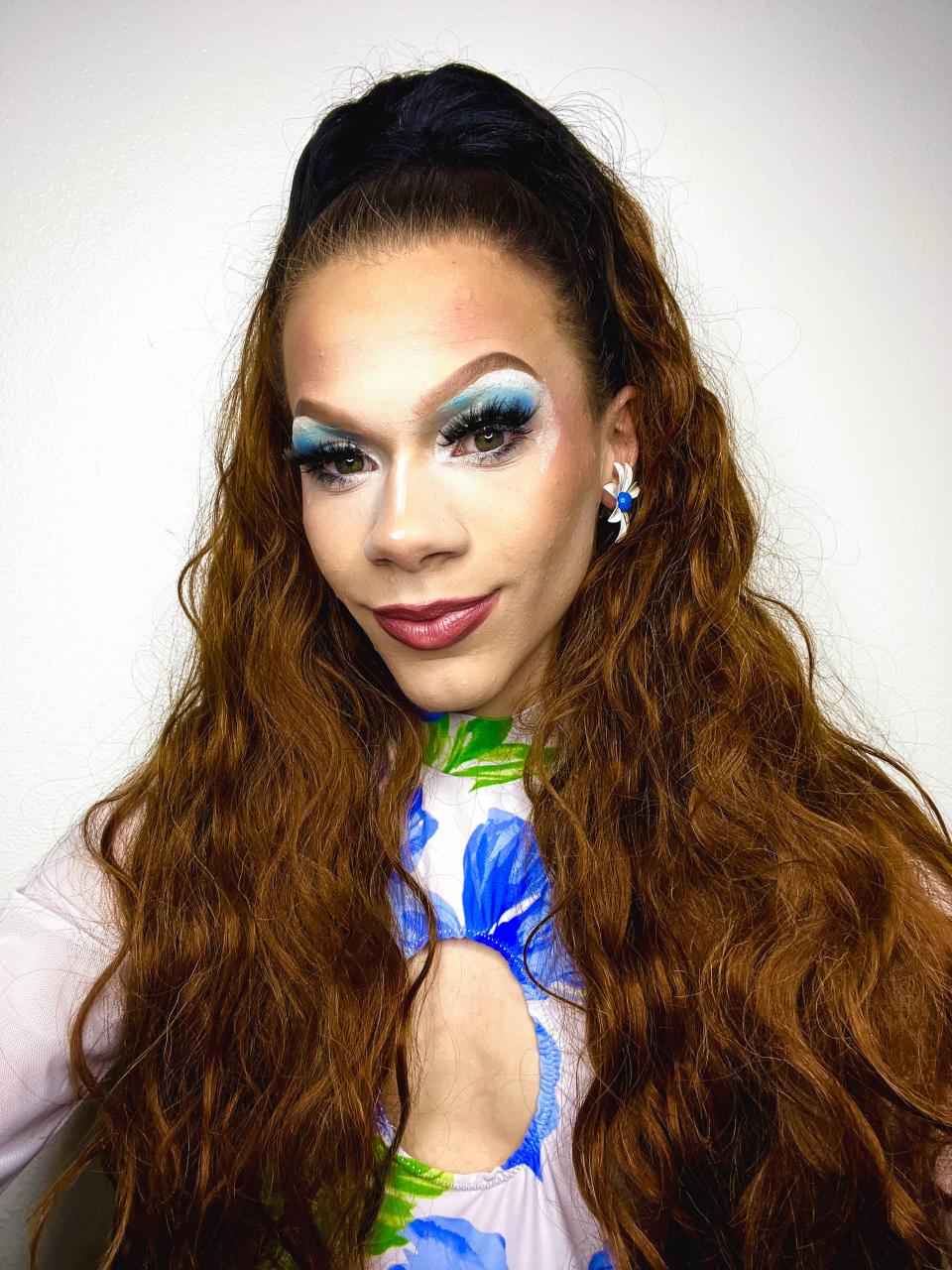
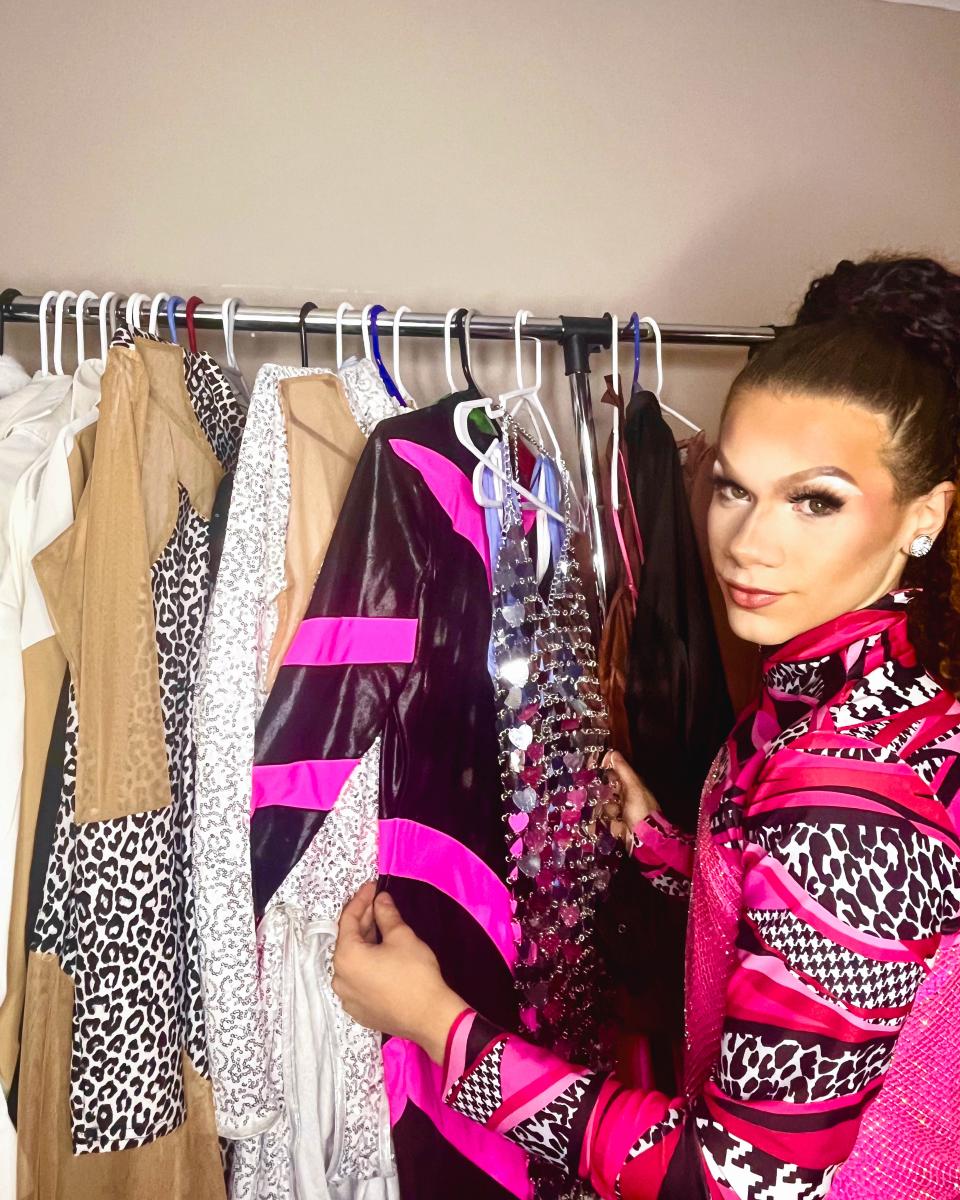
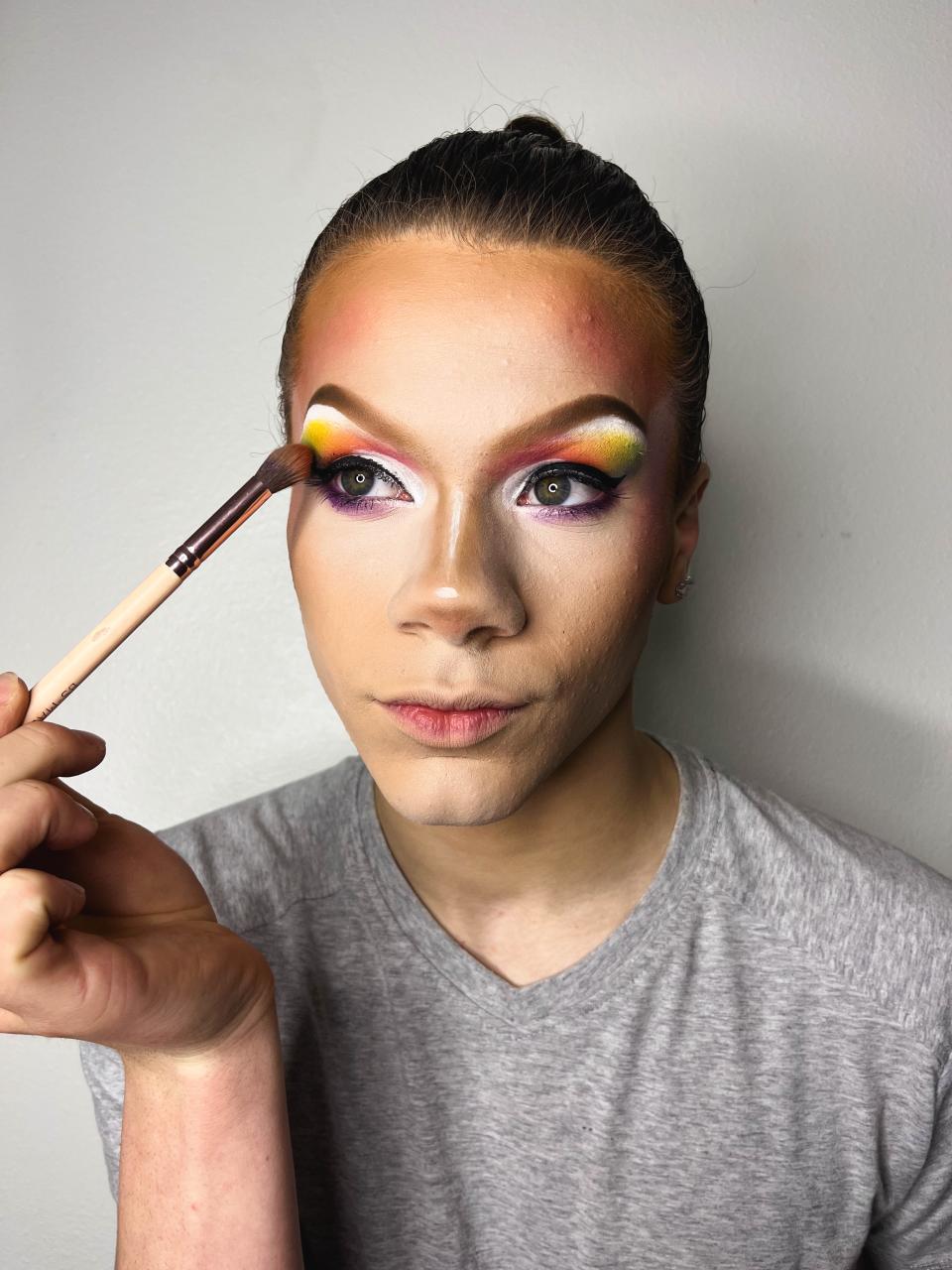

“The most important part of drag to me is getting out on that stage and being seen.”

Nemo, 18
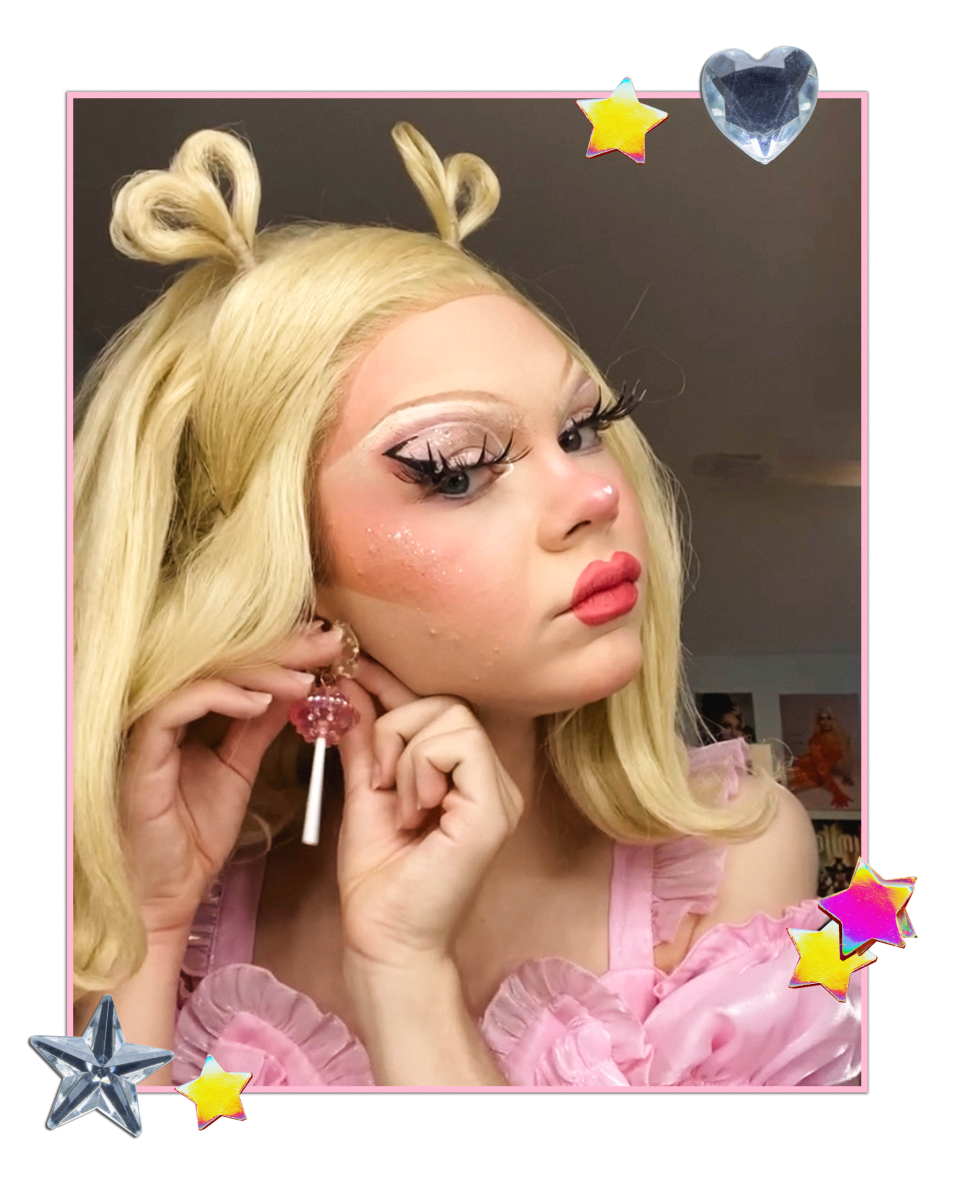

“Drag is a form of activism, and I love the performance element of it.”
Nemo got her start in drag at age 14, during a show in her home state of Wisconsin. Since then, her career has taken off, and she's dedicated to giving other young drag artists the opportunity to explore the art form she loves.
“I have been able to perform a lot of family-friendly shows, as well as hosting my own each month,” Nemo says. “Drag is definitely appropriate for younger audiences.”
Nemo calls drag bans “ridiculous,” largely because drag artists are best known for spreading joy. In fact, it's through drag that Nemo has been able to build community.
“The most important part of drag to me is being able to make connections with so many people,” she says. “I am so lucky and so blessed with the amount of people I’ve had the honor of meeting and the friendships I’ve made along the way.”

“I wish that more people knew that I do drag at a young age because it’s fun and it makes me super happy, and not because my parents are making me.”

Suzan-Bee Anthony-Kakes, 17
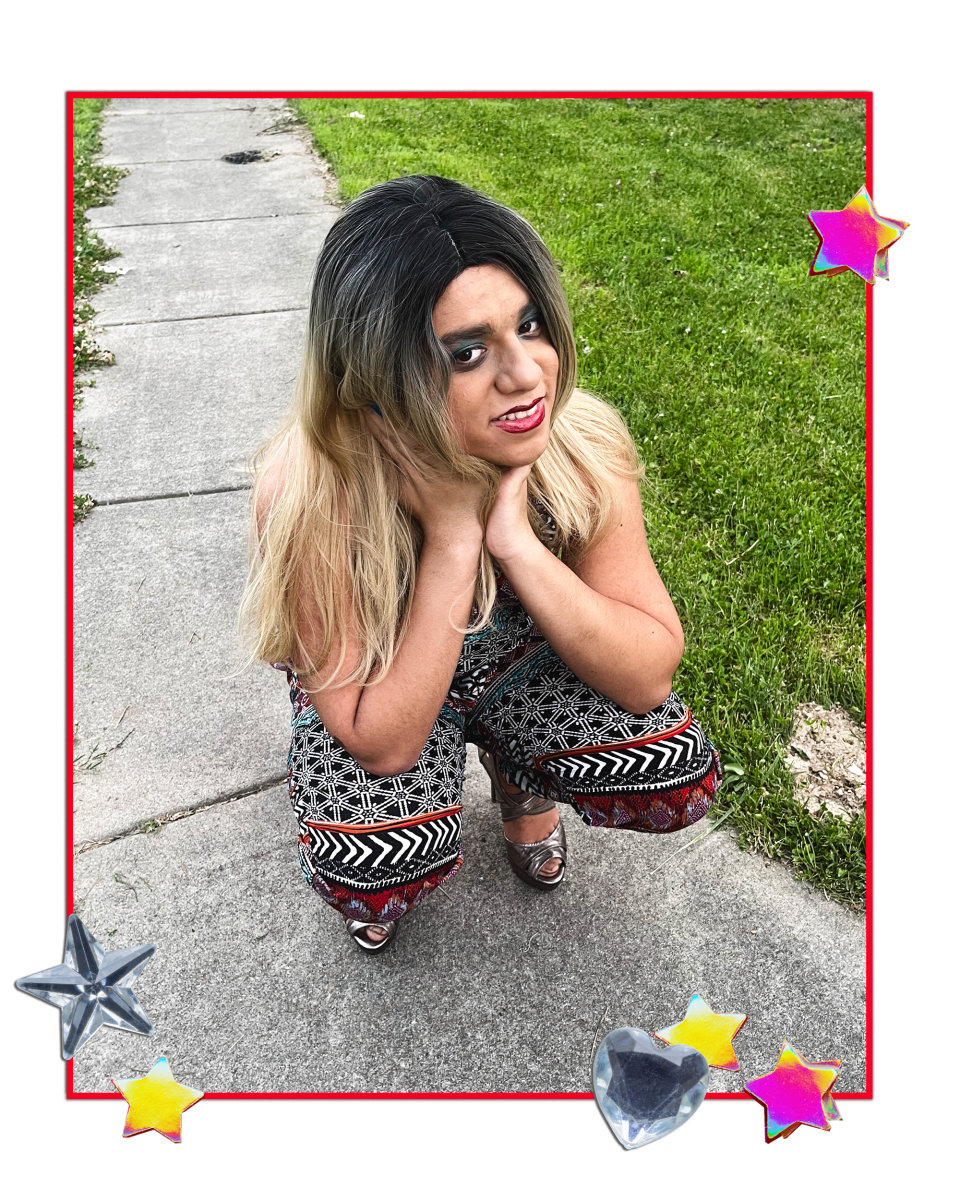
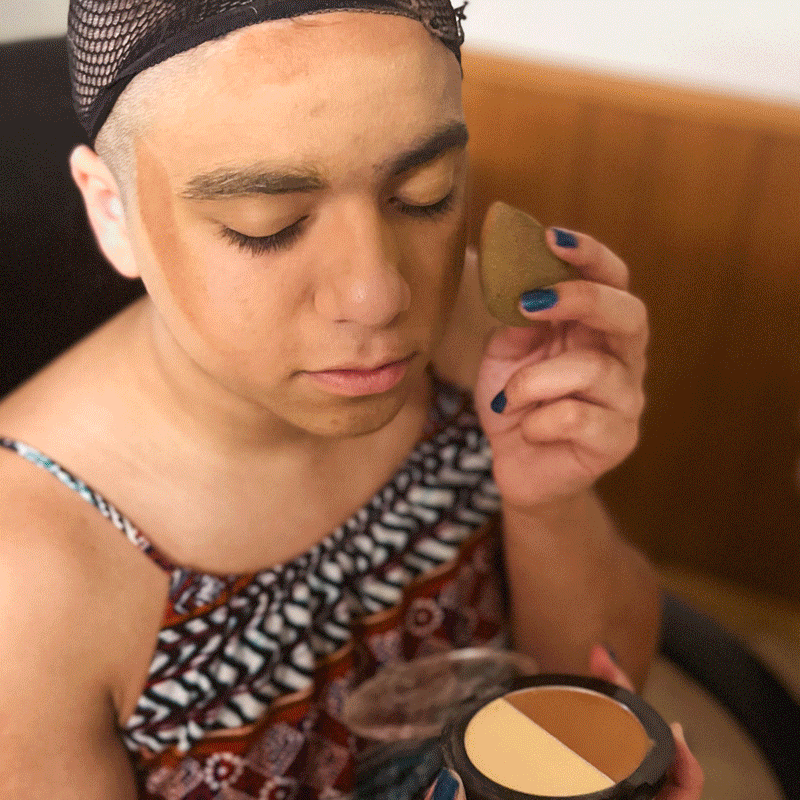
“This is something we want to do that’s super fun. If some people would take the time to understand it better, maybe there wouldn’t be a ban on it now.”
At age nine, Suzan-Bee Anthony-Kakes saw drag queen Ruby Diamond performing at a Missouri Pride festival and felt inspired. Now, drawing inspiration from local queens and famous ones like Bianca Del Rio and Shea Couleé, Suzan-Bee hits the stage herself, traveling to Pride festivals and building community.
“Drag means coming out of your shell, being your best confident self,” she says about the ways drag has shaped her. And when she puts on her drag makeup, Suzan-Bee says. “I feel like a knight putting on his armor.”
The confidence drag gives her is nothing but positive, which is why bans make little sense to Suzan-Bee. “Drag is something we genuinely want to do. So the fact that [people are trying to ban it] even though they haven’t asked us [young people] what we think about it, it doesn’t seem very fair,” she says, adding that drag could be considered similar to an actor playing a role. “It's just one person becoming another person for a while, and that’s basically what drag is.”
Originally Appeared on Teen Vogue

